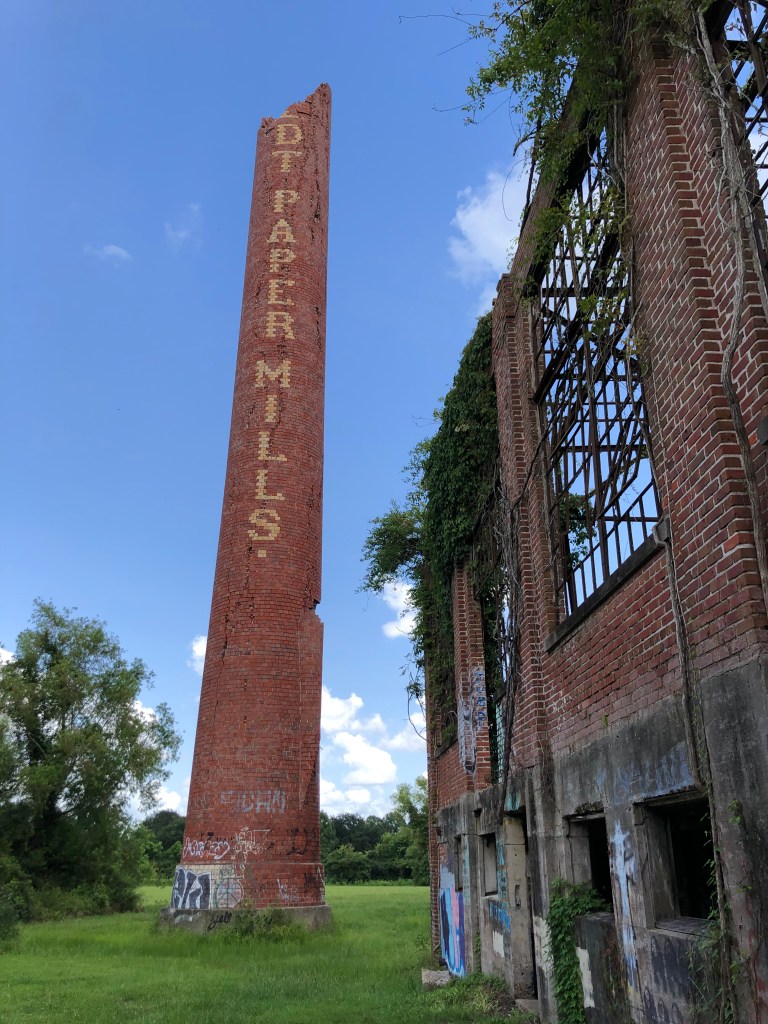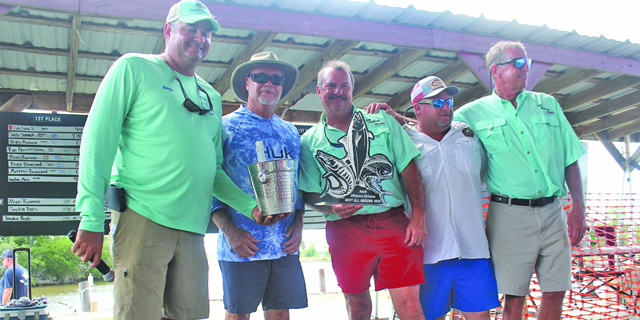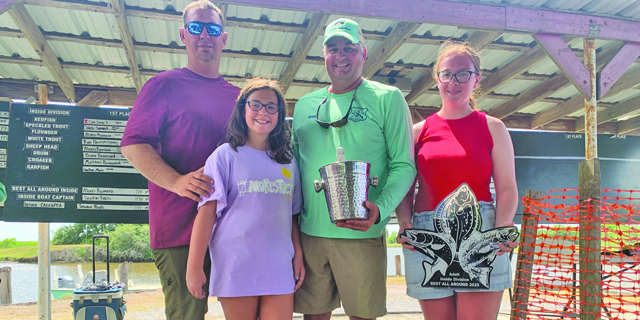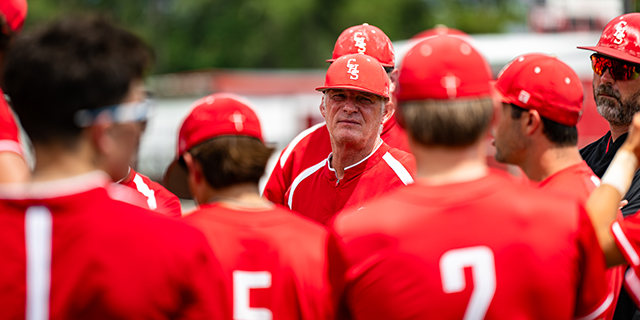Find out more about our bridal shoot location.
Published 8:00 am Monday, August 23, 2021

- IMG_3003.jpg
Sometimes the creative contrast of something beautiful against something edgy makes for jaw-dropping imagery. That’s what we discovered when styling this month’s bridal photoshoot at an abandoned paper mill in New Iberia. The iconic brick smokestack near the corner of East Main and North Lewis juts up from the 16-acre property, beckoning passersby to come see for themselves – to appreciate the beauty in its mess.
Amid the ruins of the old Charles Boldt Paper Mill, photographers and videographers from all over the country have used the location in their own shoots, finding dozens of original backdrops on the sprawling property. As a testament to the ability to turn something negative into a positive, the abandoned structure (“The Mill,” as it has come to be called) is now a place where graffiti artists are welcome and photographers are pleased.
Trending
In 2015 the current property owner Greg Mouton – who also owns event venue Maison de Tours in St. Martinville – hired friend and photographer Jon DeRise to manage its upkeep. “I remember coming out here as a kid, playing in here,” says the New Iberia native. It was DeRise who noticed photographers and videographers sneaking onto the property to access more editorial (and more interesting) shoots for their customers, so he approached Mouton with an idea: charge a nominal fee for use of the property to offset the cost
of upkeep. With that in mind, the former VP of the Lafayette Photography Association and member of the Louisiana Professional Photographers began to put the word out about the site’s availability.
Tagging with Purpose
A big part of the property’s draw is the ever-changing graffiti art that covers the ruins. Periodically DeRise invites graffiti artists to repaint the surfaces of the structure with new images, unique to each artist. It’s a way of keeping the vibe urban while eliminating offensive images. “We recently had a graffiti party. We had ten to fifteen artists and they completely repainted the inside,” he says.
Before DeRise (who is a retired police officer) started managing the property, there was plenty of unwanted tagging. After a time of trying to keep everyone off the premisis, he changed his tactic and is now able to control the images by inviting a certain kind of art. “I know a couple of local graffiti artists, and every once in a while they’ll call and ask if they can come paint. They know that as long as it’s not anything vulgar or political, a select few can do it.” He has even been known to ask artists to paint specific images for some of his repeat photography clients. In fact, graffiti is so much a part of the property’s allure now, DeRise changes things up regularly, having the artists paint fresh images
and even adding graduation years or seasonal art.
Trending
History of the Mill
The Charles Boldt Paper Mill was built in 1920 and began full operation in 1921, manufacturing cardboard from rice straw grown by local farmers. “Chaz Boldt had other mills around the country and decided to build this one here,” DeRise says. “Everything was built in one year and, as you can see, with solid cement construction. Nowadays if you do that, it would cost an outrageous amount.”
Boldt Paper was the first mill in the United States to use fully electric generators, and the train ran straight through the property. DeRise points out, “You can still see some of the lumber from the tracks.” Although a modern operation at the time that was expected to boost the local economy, and probably did for a while, it was shuttered in 1938 by the Great Depression and has been abandoned ever since.
Since its closing, the mill has been stripped away of all of its contents and most of its adornments. “When I was working on the property one day, an older lady was here with her daughter,” DeRise recalls. “She said her dad worked here when he was 12 years old and she remembers later a lot of it being dismantled and taken off the property for the war effort.”
Add to that the ravages of time and South Louisiana weather, and it’s a surprise there is anything of the mill still standing. “Hurricane Andrew took a big chunk out of the stack,” DeRise says, pointing to the top of the brick pillar. “In just five years, the B-O-L in Boldt has disappeared.”
Photographer’s Paradise
Before coming into ownership by the Moutons, the property passed through the hands of other prominent area families and has been used for various purposes. But not since being the place locals bought their Christmas trees every year has the site had the kind of buzz that DeRise generated by opening it up to artists and photographers.
Today (after signing a liability waiver and paying a small fee) anyone can use the property. In addition to the graffitied walls, glassless windows and brick smokestack used in the Acadiana Lifestyle photoshoot, there is also another concrete structure, as well as a wooded area with a rusted antique truck and a rope swing. “The other side of
the property is beautiful, too, but fewer people go to that area,” DeRise says.
“A lot of people come for the graffiti and miss that part of the property. It’s beautiful, especially in the evenings when the [setting] sun is shining through the trees.”
In addition to the structures that are now in (interesting) ruins, there is an intact brick building in the front of the property, which is now being used as a warehouse. Although the owner hasn’t landed on a permanent plan for the next phase of that building, there are several ideas in the works.
If you’re interested in booking The Mill for your next photo or video shoot, contact Jon DeRise via The Mill’s Facebook page @themillnewiberia





